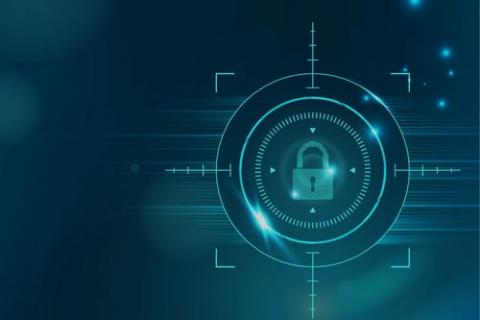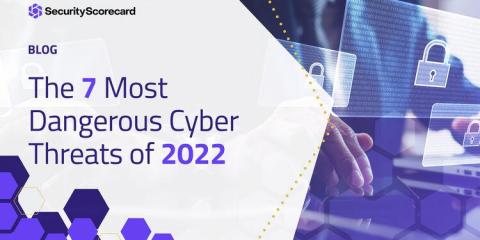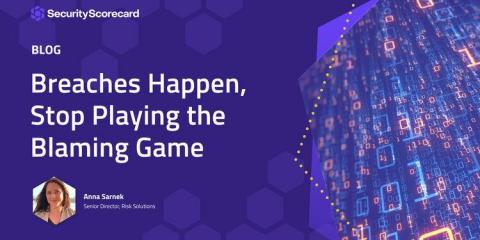CISOs: Here's How to Prove the ROI of Your Cybersecurity Budget?
Even maintaining current budgets can be hard as companies look for cost savings in non-revenue-generating areas. But you don’t have to wait for a cyber attack to occur to prove that you need to invest in cybersecurity. Instead, CISOs can demonstrate the ROI of their current spend, and potentially convince other leaders to increase budgets, by using cyber risk quantification (CRQ).











